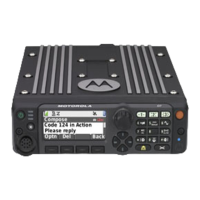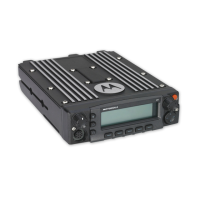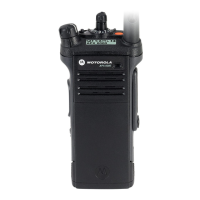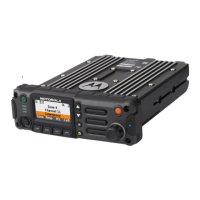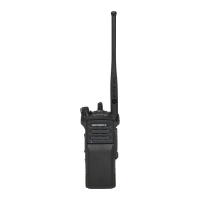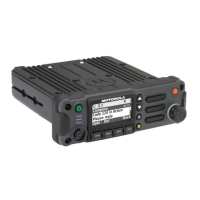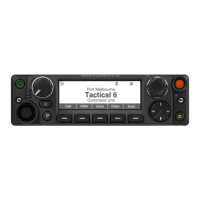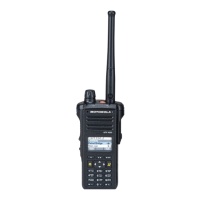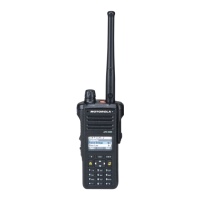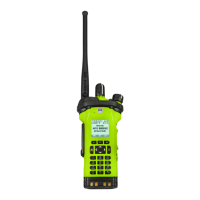Section 3: Glossary-2 Glossary
carrier squelch Feature that responds to the presence of an RF carrier by opening or
unmuting (turning on) a receiver's audio circuit. A squelch circuit
silences the radio when no signal is being received so that the user
does not have to listen to “noise.”
central controller A software-controlled, computer-driven device that receives and
generates data for the trunked radios assigned to it. It monitors and
directs the operations of the trunked repeaters.
channel A group of characteristics, such as transmit/receive frequency pairs,
radio parameters, and encryption encoding.
CODEC See coder/decoder.
coded squelch Used on conventional channels to ensure that the receiver hears only
those communications intended for the receiver.
codeplug Firmware that contains the unique personality for a system or device. A
codeplug is programmable and allows changes to system and unit
parameters. See also firmware.
coder/decoder A device that encodes or decodes a signal.
control channel In a trunking system, one of the channels that is used to provide a
continuous, two-way/data-communications path between the central
controller and all radios on the system.
conventional Typically refers to radio-to-radio communications, sometimes through a
repeater. Frequencies are shared with other users without the aid of a
central controller to assign communications channels. See also
trunking.
conventional scan
list
A scan list that includes only conventional channels.
CPS See Customer Programming Software.
cursor A visual tracking marker (a blinking line) that indicates a location on a
display.
Customer
Programming
Software
Software with a graphical user interface containing the feature set of an
ASTRO radio. See also RSS.
D/A See digital-to-analog conversion.
DAC See digital-to-analog converter.
deadlock Displayed by the radio after three failed attempts to unlock the radio.The
radio must be powered off and on prior to another attempt.
default A pre-defined set of parameters.
Term Definition
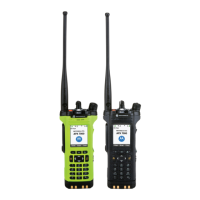
